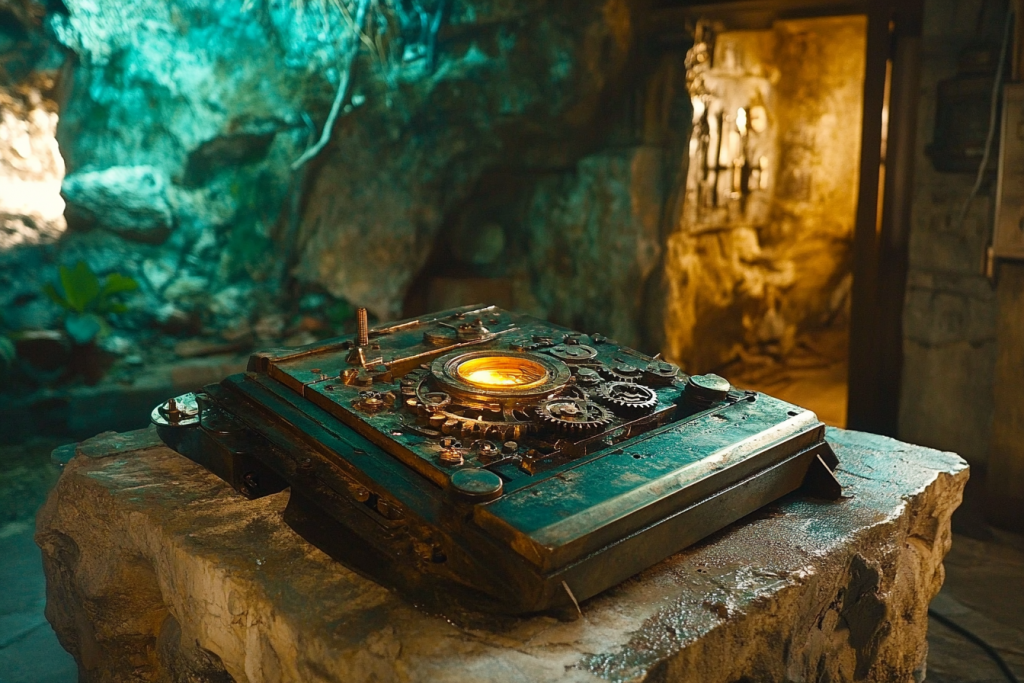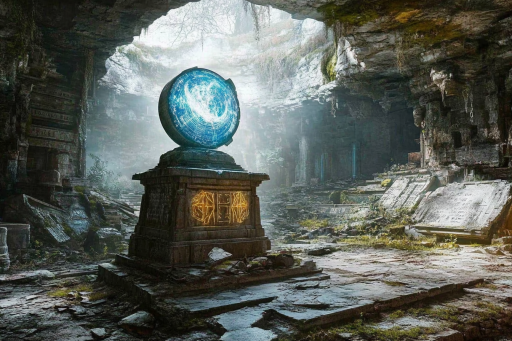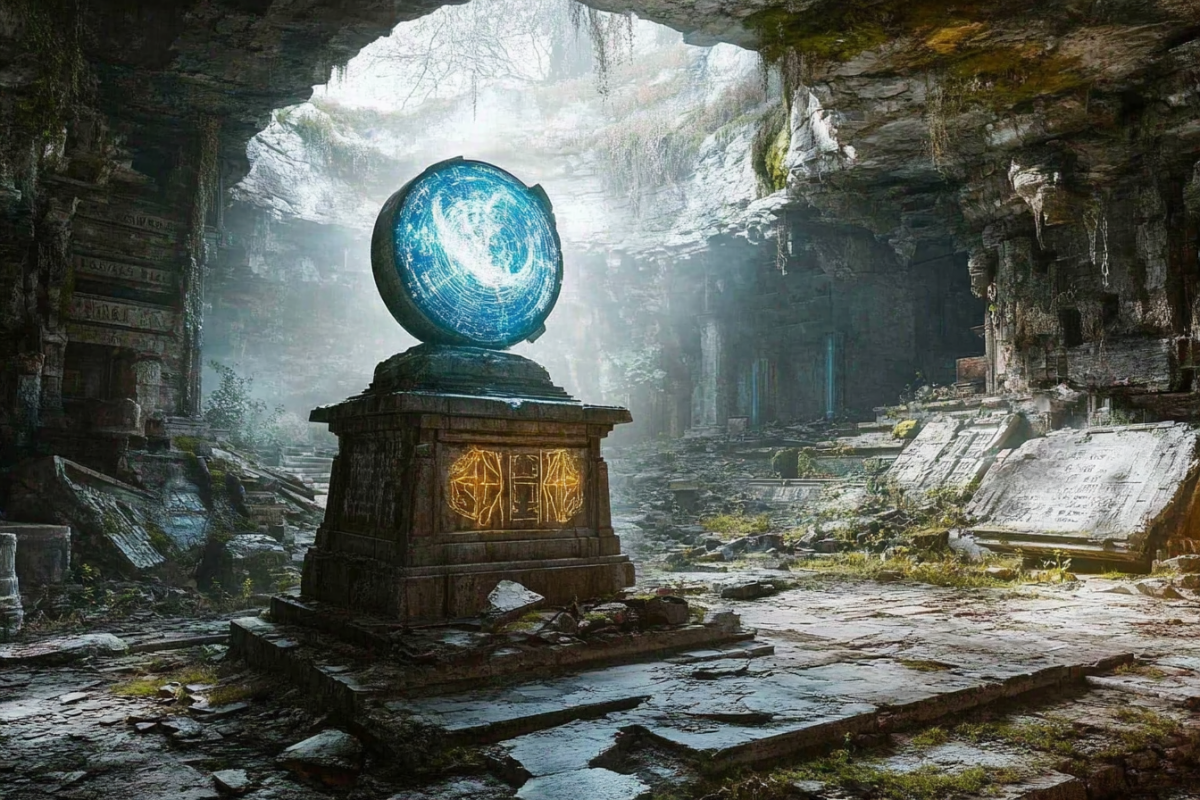
History tells us that ancient civilizations were primitive compared to our modern world, but what if that’s not entirely true? Mysterious artifacts have surfaced—objects so advanced for their time that they challenge everything we thought we knew. From impossible metals to intricate mechanisms that shouldn’t exist, these discoveries hint at lost knowledge and forgotten ingenuity. Could these relics be remnants of a civilization far ahead of its era, or are they proof of something even more astonishing?
The Antikythera Mechanism

Often called the world’s first computer, the Antikythera Mechanism was found in an ancient Greek shipwreck and is believed to be over 2,000 years old. This complex device, made of precisely cut bronze gears, could track celestial movements and predict eclipses. Such intricate engineering was thought to be centuries ahead of its time. Its existence forces us to reconsider the true scientific understanding of the ancient world.
The Baghdad Battery

Discovered in Iraq, this clay jar contains a copper cylinder and an iron rod—suggesting it may have functioned as a simple battery. If true, this means that ancient civilizations may have harnessed electricity thousands of years before Benjamin Franklin’s famous kite experiment. Some speculate it was used for electroplating gold onto objects. Did ancient people unlock the secrets of energy long before we gave them credit?
The Piri Reis Map

Drawn in 1513, the Piri Reis Map includes details of Antarctica—long before the continent was officially discovered. Even more baffling, it depicts an ice-free Antarctica, suggesting that whoever made the original map had knowledge of the continent’s prehistoric past. Some theorists believe it could be evidence of an advanced seafaring civilization that existed far earlier than we thought. How did ancient cartographers obtain such knowledge?
The London Hammer

A modern-looking hammer encased in rock estimated to be over 400 million years old was discovered in Texas. The hammer’s handle is partially fossilized, and its iron head shows signs of advanced metallurgy. If the dating is correct, this challenges everything we know about human history. Could it be evidence of an ancient technological culture that predates recorded history?
The Egyptian Light Bulb

Inside the Temple of Dendera, strange carvings depict what appears to be giant light bulbs connected to cables. Some researchers believe these images suggest that ancient Egyptians may have used some form of electrical illumination. While mainstream historians argue these carvings are symbolic, the similarities to modern electrical technology are uncanny. Could ancient civilizations have had knowledge of electricity long before Edison?
The Ulfberht Viking Sword

The Ulfberht sword, a weapon from the Viking era, was crafted from a metal so pure it rivals modern steelmaking. Its composition suggests a level of smelting technology that should not have existed during the Middle Ages. How did Norse blacksmiths achieve this feat of engineering, centuries ahead of their time? Some believe the knowledge may have come from an ancient lost civilization.
The Shroud of Turin

The mysterious linen cloth bears the faint image of a man believed by many to be Jesus Christ. Advanced scientific testing has failed to explain how the image was created—no known technique, ancient or modern, can replicate it. Some researchers believe it was imprinted using a form of unknown energy. Is the Shroud of Turin proof of lost technology, or something even more profound?
The Stone Spheres of Costa Rica

Hundreds of massive, perfectly round stone spheres litter the jungles of Costa Rica. Ranging from a few inches to over six feet in diameter, their purpose and method of construction remain unknown. Some are aligned in astronomical patterns, suggesting advanced knowledge of celestial movements. Did an ancient civilization understand geometry and engineering on a level we still struggle to comprehend?
The Lycurgus Cup

This 1,600-year-old Roman glass cup changes color depending on the light—shifting from green to red. Scientists discovered that it contains nanoparticles of gold and silver, an advanced technique not replicated until modern times. The knowledge required to create such an effect suggests an understanding of physics and chemistry far ahead of its time. How did ancient artisans master nanotechnology without microscopes?
The Quimbaya Artifacts

Golden figurines made by the Quimbaya civilization of Colombia bear an uncanny resemblance to modern airplanes. These artifacts, which date back over a thousand years, feature aerodynamic designs and even stabilizers like a jet. Some believe they represent ancient knowledge of flight, while skeptics argue they are merely stylized depictions of birds. Could the ancients have understood aerodynamics in a way we never imagined?
The Saqqara Bird

Discovered in an Egyptian tomb, the Saqqara Bird is a wooden carving that bears striking similarities to modern gliders. Some theorists believe it represents early experimentation with flight. Tests have shown that its design is aerodynamically sound. Did ancient Egyptians understand principles of aviation centuries before Leonardo da Vinci’s flying machines?
The Fuente Magna Bowl

A stone bowl found near Lake Titicaca, Bolivia, features inscriptions in Sumerian—a language spoken over 7,000 miles away in ancient Mesopotamia. If genuine, this suggests an unknown connection between South America and the ancient Middle East. Could early civilizations have had global trade networks thousands of years before recorded history suggests?
The Voynich Manuscript

This mysterious book, written in an unknown language with bizarre illustrations, has defied decoding for centuries. No known civilization or script matches its contents, and its scientific diagrams suggest an understanding of botany and astronomy beyond its supposed era. Some believe it holds lost knowledge, while others suspect it may have originated from an unknown civilization. Could it be the key to unlocking forgotten wisdom?
Are We Missing Pieces of Our Past?

For centuries, we have assumed history follows a linear path, with human knowledge advancing step by step. But what if civilizations before us discovered technologies and insights that were lost over time? These artifacts suggest that ancient people may have been far more advanced than we’ve ever imagined. If this is true, what other secrets lie buried beneath the sands of time?





